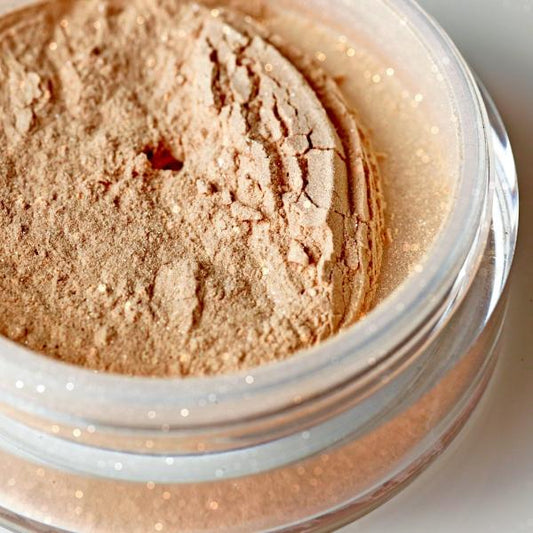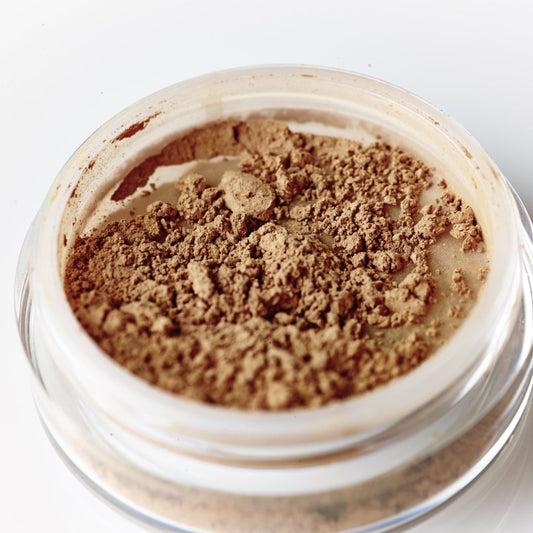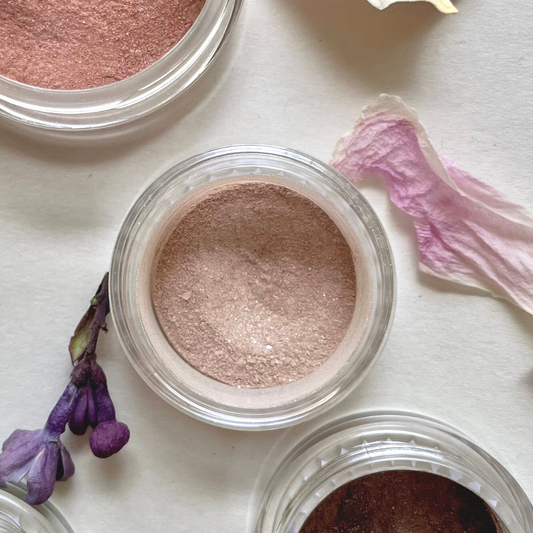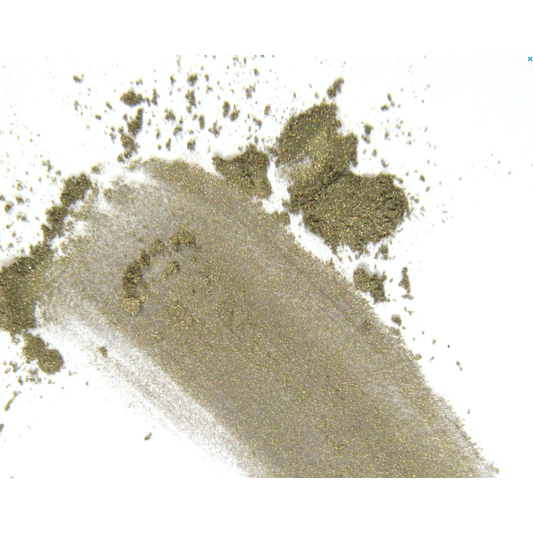Sodium hydroxide, also known as Lye or Caustic Soda, is a highly alkaline compound commonly used in soap-making. Sodium hydroxide has a pH of around 14 and can cause severe burns to the skin and eyes, so it's essential to use extreme caution when handling it.
So how does an ingredient that requires extreme caution when using it contribute to a bar soap with fewer ingredients? Well, let me tell ya when mixed with fats or oils, sodium hydroxide reacts with the fatty acids in oils to create soap through a process called saponification. The reaction between sodium hydroxide and fatty acids produces a salt that we call soap, which has cleansing properties. It's how we make handmade soap from scratch and when made well needs no added preservatives or chemicals.
Handcrafted lye bar soap has a long and fascinating history that spans thousands of years. The first known evidence of soap-making dates back to ancient Babylon, where they mixed fats with wood ash to create a cleaning agent for wool and cotton fibers. Soap-making spread worldwide, with the ancient Greeks and Romans using soap for personal hygiene and the medieval Europeans using it for medicinal purposes. And in recent years, handcrafted lye bar soap has become increasingly popular as people seek natural and sustainable alternatives to mass-produced soap.
The soap-making process begins with protective gear such as gloves, goggles, and long sleeves when working with lye. Next, measuring and combining the correct amount of sodium hydroxide with a liquid, usually water, is essential to create a lye solution. The lye solution is then mixed with oils or fats, which can be a vegetable, animal, or a combination of both. The mixture is then stirred to help the chemical process along and encourage saponification. Once the soap has reached the desired consistency, it can be poured into molds to cool and harden.
Working with lye can be tricky. Use too much lye, and your soap can be too harsh and irritating to the skin. But if too little lye is used, the soap may be too oily and not have good cleansing properties. The amount of sodium hydroxide we use for soap-making is carefully calculated to ensure that all of the lye is used up during the saponification process, which is why it's often not listed on a soap ingredient list. So although lye is used in making soap, a properly crafted bar of soap will contain no lye in the finished bar.
In addition to soap-making, sodium hydroxide is used in various industrial processes, such as:
- Food production: olives, hominy, pretzels, bagels, and to cure some types of foods.
- Water treatment: used in water treatment plants to adjust the pH level of the water.
- Paper manufacturing: used to break down wood chips into pulp for paper production.
- Cleaning agents: a potent cleaning agent used in drain and oven cleaners.
- Textile industry: used to treat fabrics and fibers to make them softer and more absorbent.
So if you're tired of using skin and body care products with harsh chemicals and synthetic fragrances, it's time to consider switching to handmade soap. Today, many small businesses and artisans like us here at Cosmic produce handmade lye bar soap using traditional methods and natural ingredients, creating unique and high-quality products that are good for the skin and the environment. Using minimal ingredients that can help soothe skin irritations, moisturize dry skin, and even improve skin tone and texture.
And as always, if you need help understanding how to read a soap's ingredient list or need help recognizing an ingredient listed, ask the maker! That's what we're here for. 🥰
XOXO, Michelle























